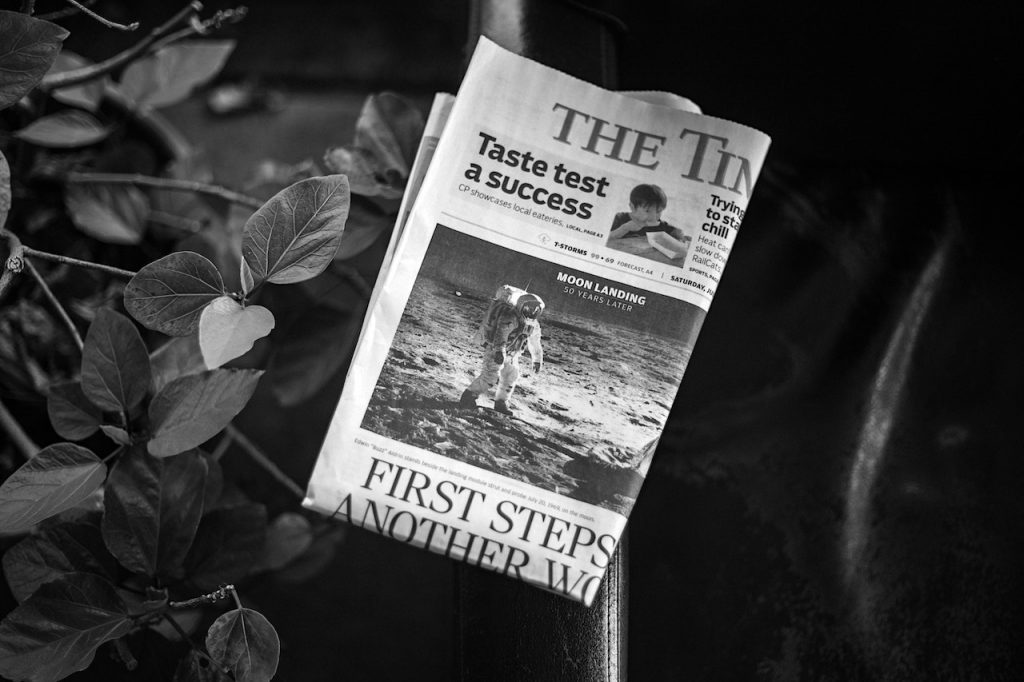Placards and headline posters are the advertising posters of evening newspapers. Their objective is to sell the paper through punchy headlines and eye-catching images.
Aggravation is a part of media publishing, especially in headline posters. The headlines display only one attention-raising point, even on complicated topics. Instances of violence, conflicts, revelations and opposites are common positions in headline posters.
From time to time, public discussion is raised on the ethics of headline posters. One reason for this is that the content of articles is not necessarily equivalent to the message printed on the posters. According to good journalistic practice, the headline should be supported by the content. The aggravations of headline posters can also be problematic in the light of the principle of truthfulness. See also Chapter 9 to learn more on this topic.
From time to time, public discussion is raised on the ethics of headline posters. One reason for this is that the content of articles is not necessarily equivalent to the message printed on the posters.
Another common reason for criticism is that the posters are often in plain view on the streets and at store counters, which also makes children recipients of their messages.
The good practice of marketing states that children should not encounter advertisements, which include inappropriate impulses in relation to their age group and level of development.
Reflection:
Who is responsible for the ethics of placards? The journalist or someone else? What could journalists do themselves to avoid unethical headlines or placards?
Keep Reading:
Go back to the beginning of this section.
This article was updated on January 16th 2020.




